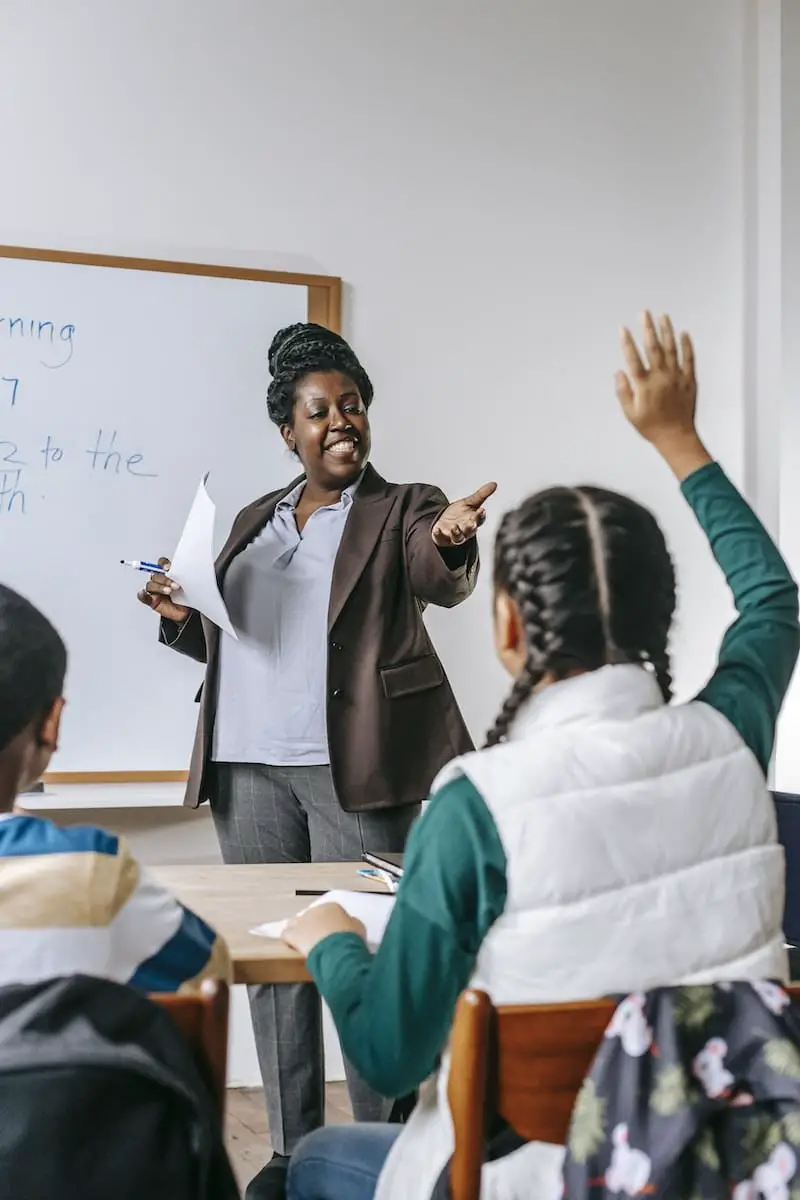Schools all over the world more or less have the same structure, but some areas are different in terms of places. In America, schools have a certain number of levels, but in Japan, those levels are not the same.
Thus, there are factors that make all the difference.
Key Takeaways
- American schools focus on individualism and creativity, while Japanese schools focus on group harmony and discipline.
- American schools emphasize extracurricular activities and sports more than Japanese schools.
- Japanese schools have longer days and a more rigorous academic curriculum than American schools.
American Schools vs Japanese Schools
American schools refer to the educational institutions in the United States that provide formal education to students from kindergarten through grade 12. Japanese schools are the educational institutions in Japan that provide formal education to students from elementary school through high school.

The American school system has three elementary, middle and high school levels. One can enrol in both public and private schools.
However, while the government runs all the public schools, it is free of cost, but one needs to pay a lot for private schools. There is no strict uniform code for any of the students.
Japanese schools focus more on self-discipline, cleanliness, manners, along studying. There are four levels in the Japanese schooling system- nursery, kindergarten, elementary and junior high.
There is a strict rule for uniforms and proper behaviour in terms of greeting teachers, keeping the classroom clean and other things.
Comparison Table
| Parameters of Comparison | American Schools | Japanese Schools |
|---|---|---|
| Levels | All American schools have three levels- elementary, middle and high. | Japanese schools have four levels- nursery, kindergarten, elementary and junior high |
| New Session | In America, the new school year starts in the fall. | In Japan, the new session starts in spring. |
| Examination | In America, there is a proper grading system from the beginning. | On the other hand, in Japan, a child takes up exams when he or she reaches the age of four. |
| Starting procedure | In American schools, the classes start right away. | But in Japan, there are 30 seconds of silent time before starting the class. |
| Uniform | In the United States, most students in public schools do not wear uniforms. | Except for elementary school-goers, Japanese schools have strict uniform rules. |
What are American Schools?
American schools are of two types- public and private. All the schools run by the government in the United States are called public, and the American government fully sponsors them.
But for private schools, the fee structure is very expensive. Every year all the public schools are rated by the government to keep the standard of the schools intact.
For admission to public schools, the authority maintains a rule. Only the students staying in the zone of a particular public school he or she intends to be admitted into can be admitted.
Students residing in other zones are not even allowed to apply.
American school systems have been divided into elementary, middle and high school structures. Elementary schooling allows students to study from KG to the 5th standard.
Unlike the Indian school system, a child can start studying when he or she reaches the age of five. Here there is no concept of classes like lower grades, upper grades and so on.
The middle school covers from sixth to eighth grade, and high school includes grades from nine to twelve. Thus, it covers all four classes, and there is no such thing as intercollege.
There are specific terms used to describe students of high school. Students enrolled in the ninth grade are called freshmen.
Tenth-grade students are known as a sophomore. The other terms, like junior and senior, are used for students studying in eleventh and twelfth grades, respectively.
There is a system of staff who work in an American school.
There is the principal who is in charge, the vice-principal, the secretary who takes care of the school staff and students’ queries, and counsellors who try to solve the students’ emotional and social skills.
Teachers are there to guide the students. ELD or English Language Development teachers help them to read, write, speak and communicate in English.

What are Japanese Schools?
The first school is for students up to five years of age. It is called hoikuen or nursery.
This is also open for students whose parents are working and have no one to look after them at home. The next level is the kindergarten school or yochien. In this school, children from 4 to 5 years can enrol.
The third level of the Japanese school system is the elementary school which is for students from six to eleven years.
The subjects that are taught at this level are Japanese, social studies, math, science, living studies, music arts, morals, homemaking, English and special activities. This level is mandatory for all students.
The fourth level is called Junior high school, where students from twelve to fourteen years of age study. To study in high school, students need to pass an entrance examination.
However, students get many benefits while learning in a Japanese school. The schools encourage students to go creative by using programmes like Nameless Paints.
Japanese schools emphasize more manners than knowledge. There are no examinations being held for students until they reach age four.
They learn how to be respectful towards other human beings, animals and nature. The students clean their classrooms, cafeterias and even toilets all by themselves.
This makes them self-sufficient, self-reliant, compassionate and dutiful.

Main Differences Between American and Japanese Schools
- American schooling system has three levels- elementary, middle and high. But Japanese schools have four structures- nursery, kindergarten, elementary and junior high.
- In America, the school year starts in the fall, but in Japan, the new school year starts in the spring.
- In Japanese middle schools, there are different classrooms for every period. But in America, nothing of that sort happens.
- In Japan, middle-grade students need to take entrance examinations to get accepted into high schools. But in America, students need not do that.
- In America, though there are many extracurricular activities along with studying, students do not learn manners, clean toilets and classrooms. But in Japan, students have to do all these things.

The differences in schooling systems between America and Japan are striking. Is there room for a more balanced approach that incorporates the strengths of both systems?
The contrast in the educational systems is quite significant, and this article clearly highlights the distinctions.
It’s fascinating to see how educational philosophies are reflected in the structures of schools worldwide. The Japanese emphasis on discipline and group harmony versus the American focus on individualism and creativity is thought-provoking.
This comparative analysis provides an insightful overview of the differences between American and Japanese schools.
The detailed comparison of American and Japanese schooling provides valuable insights into the distinct features of both systems. Informative read!
The juxtaposition of American and Japanese schooling systems is enlightening. This analysis underscores the need for a global perspective on education.